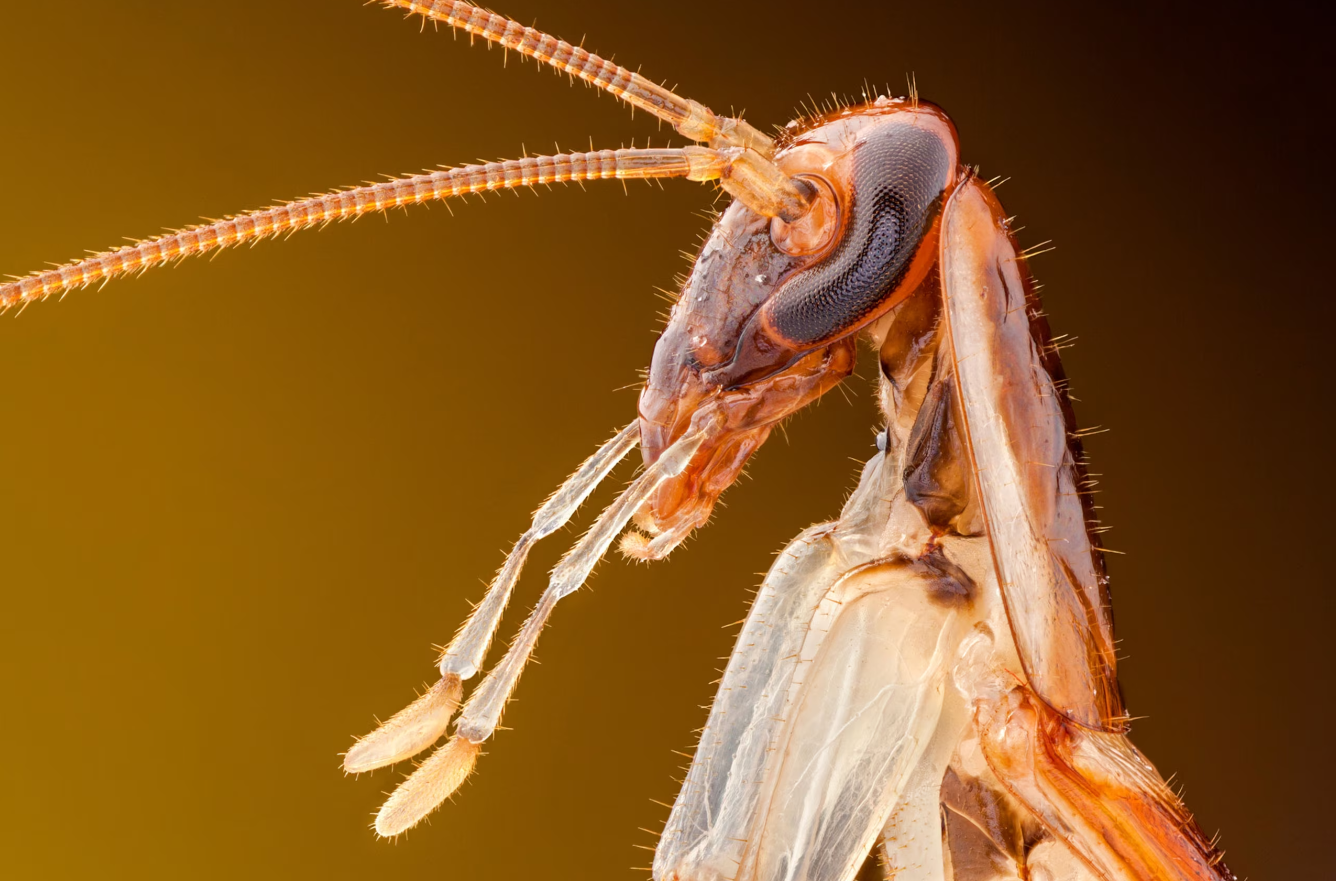If you’ve ever gotten up for a midnight snack and flicked on the kitchen light only to discover an army of shiny brown insects zipping beneath your fridge, then you already know the German cockroach.
Despite their name, German cockroaches now inhabit every continent except Antarctica. In fact, scientists consider the species, Blattella germanica, to be the most prevalent of the 4,600 cockroach species on Earth.
Which is surprising, given that the animals were basically unknown in Europe until Swedish biologist Carl Linnaeus first described them in 1767. That and the fact that they have no close relatives there, nor does the species exist in the wild.

So how did everyone’s least favorite houseguest become a pest of global infamy? According to a new study, the answer is written in the German cockroach’s DNA.
By analyzing genome-wide markers of 281 cockroaches from 17 countries across six continents and measuring how closely those animals were related, scientists have for the first time traced the German cockroach’s rapid rise and spread.
All signs point to the species evolving from the Asian cockroach (Blattella asahinai) about 2,100 years ago in what is now India and Myanmar.
As the species apparently abandoned the wild for a life spent in the shadow of humans, German cockroaches appear to have arrived in the Middle East around 1,200 years ago—probably because of increased trade and military movements in the Islamic Umayyad or Abbasid caliphates, empires that once stretched from northern Africa to western Asia.
German cockroaches experienced another geographic leap when, about 390 years ago, colonial activities kicked into overdrive and the roaches found their way to Europe and, later, the rest of the world—thanks to improvements in transportation, the reach of European trade, and the advent of household heating, which allows the insects to survive the cold.
To be clear, all these movements and migrations would have been unwittingly aided by people.
“The German cockroach can’t even fly,” says Qian Tang, an evolutionary biologist at Harvard University and lead author of the study published May 20 in Proceedings of the National Academy of Sciences. “They hitchhike in human vessels around the world.”
But it wasn’t just dumb luck that allowed the cockroaches to succeed.
Rather, it was the species’ unparalleled ability to adapt and evolve—something scientists are still trying to understand today, in the hopes that we might one day learn how to stop the German cockroach’s march across the planet.
The cockroach in the mirror
To get a sense of just how much German cockroaches have changed over the last two millennia, all you need to do is put them side by side with their closest living relative, the Asian cockroach.
For while the two species are still nearly identical, they couldn’t be more different in behavior.
If you ask me to name one species or organism that I respect the most, it’s probably the German cockroach.
Chow-Yang Lee, urban entomologist at the University of California, Riverside
Asian cockroaches fly toward light sources, while German cockroaches scurry away, says Chow-Yang Lee, an urban entomologist at the University of California, Riverside. Likewise, if you toss the two species into the air, the Asian roaches take wing, while German cockroaches hit the ground running, he says.
“We have long suspected that the Asian cockroach is actually the ancestor for the German cockroach, but this paper pretty much nails it,” says Lee, who was not affiliated with the new study. “It’s extremely exciting.”
The study also revealed that German cockroach genetics reflect human relationships.
For instance, German cockroaches in Singapore and Australia are actually more closely related to their cousins in the U.S. than other German cockroach populations in nearby Indonesia. This is likely because the U.S. has historically had more trade with Singapore and Australia than Indonesia.
“It’s a beautiful example of the link between human activities, commerce, wars, colonization, and the spread of a well-adapted domiciliary pest,” study co-author Coby Schal, an urban entomologist and cockroach expert at North Carolina State University, said by email.
Gotta give some respect
German cockroaches outcompete other cockroaches everywhere they go, says Tang.
One reason for the species’ success is a faster reproductive rate than most other cockroach species, he says, which allows the animals to rapidly develop resistance to pesticides.
Earlier work by Schal’s lab revealed that after years of luring cockroaches to eat glucose-soaked poison, the population that survived sugary baits yielded a new breed of cockroaches that rejected sweets altogether. (Learn more why pesticides only make cockroaches stronger.)
“It’s just unthinkable,” says Lee. “Glucose is such an important metabolic fuel for all organisms.”
Lee says sometimes he and his colleagues will be working on a new, anti-roach compound that hasn’t even been released for commercial use yet, but by the time they test it on cockroaches in a lab, the animals are already resistant.
And that, combined with the wonders of modern transportation, lead him to have very little hope that humans will find a way to beat back cockroach infestations anytime soon.
“If you ask me to name one species or organism that I respect the most, it’s probably the German cockroach,” Lee says.


